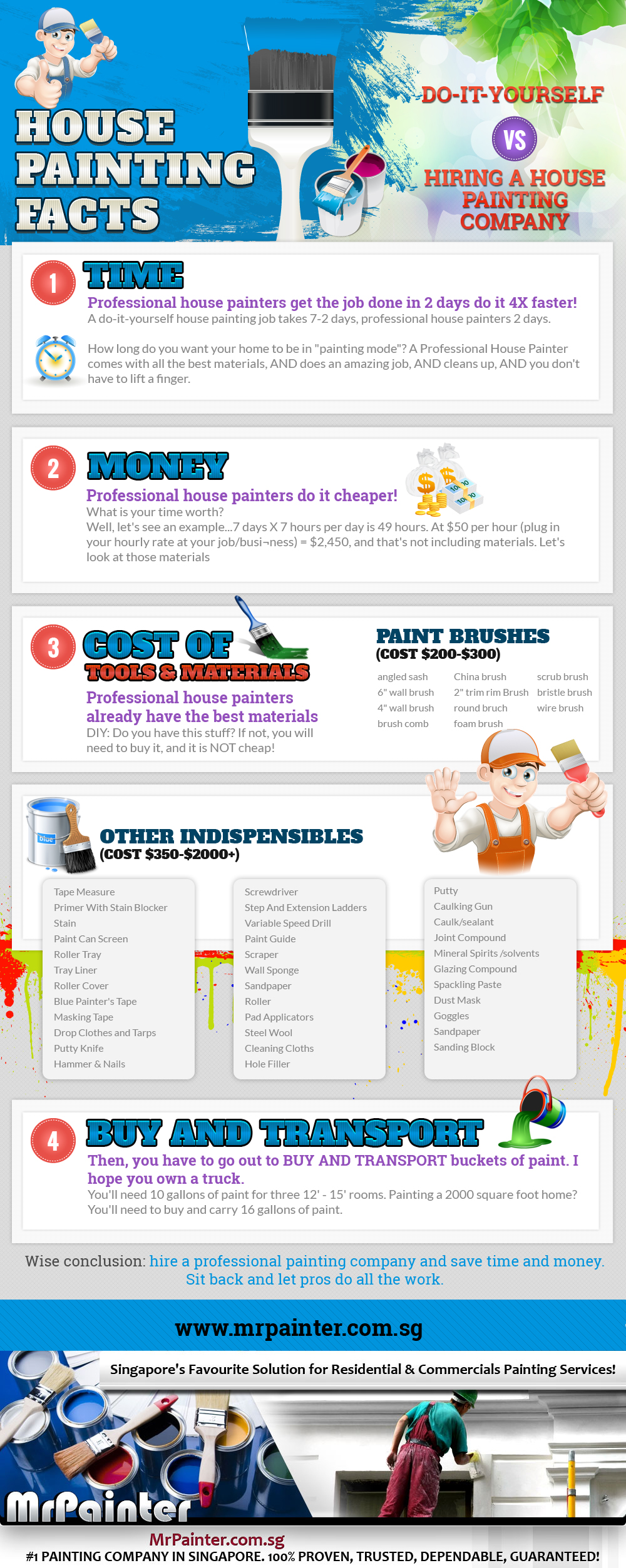Seasonal Consider Industrial Outside Painting: Secret Insights You Should Be Aware Of
Seasonal Consider Industrial Outside Painting: Secret Insights You Should Be Aware Of
Blog Article
Web Content Composed By-Regan Rosendal
When you're preparing a commercial exterior painting task, seasonal aspects can make or damage your results. You'll intend to consider just how temperature and humidity impact paint application and drying out times. Picking the ideal season can guarantee your paint adheres correctly and lasts longer. But which seasons are genuinely the most effective for this sort of job? Allow's discover the key elements that can affect your job's success.
The Influence of Temperature on Paint Application
When you're preparing a commercial exterior paint task, the temperature can dramatically influence how well the paint sticks and dries.
Ideally, you intend to paint when temperature levels range between 50 ° F and 85 ° F. If it's too cold, the paint may not treat properly, leading to issues like peeling off or cracking.
On the other side, if it's as well hot, the paint can dry out also rapidly, stopping appropriate attachment and causing an uneven surface.
You need to additionally think about the time of day; morning or late afternoon uses cooler temperature levels, which can be a lot more desirable.
Always check the manufacturer's recommendations for the specific paint you're using, as they frequently provide advice on the optimal temperature array for optimum results.
Humidity and Its Effect on Drying Times
Temperature level isn't the only environmental element that influences your industrial external painting project; moisture plays a significant duty as well. house painters canberra can slow down drying times significantly, impacting the total high quality of your paint job.
When the air is filled with dampness, the paint takes longer to cure, which can lead to concerns like inadequate adhesion and a greater threat of mildew development. If you're painting on an especially damp day, be prepared for prolonged delay times in between coats.
It's important to keep an eye on local climate condition and strategy accordingly. Preferably, aim for moisture levels in between 40% and 70% for optimum drying.
Keeping these factors in mind ensures your task stays on track and provides a lasting coating.
Best Seasons for Commercial Exterior Painting Projects
What's the very best time of year for your commercial external paint jobs?
Spring and very early loss are typically your best options. During mouse click the next web page , temperatures are moderate, and moisture degrees are often lower, producing perfect conditions for paint application and drying.
Stay clear of summer season's intense heat, which can create paint to completely dry too rapidly, bring about poor adhesion and finish. Likewise, winter months's chilly temperature levels can hinder appropriate drying and treating, running the risk of the longevity of your paint job.
Go for days with temperatures between 50 ° F and 85 ° F for ideal outcomes. Keep in mind to check the regional weather prediction for rainfall, as wet problems can spoil your task.
Preparation around these aspects guarantees your painting project runs smoothly and lasts longer.
Verdict
Finally, intending your business exterior painting jobs around seasonal considerations can make a considerable distinction in the result. By organizing work during the optimal temperatures and moisture levels, you'll guarantee better attachment and drying times. Bear in mind to watch on neighborhood weather prediction and select the right time of year-- springtime and early fall are your best options. Taking these actions will help you achieve a resilient and expert finish that lasts.
